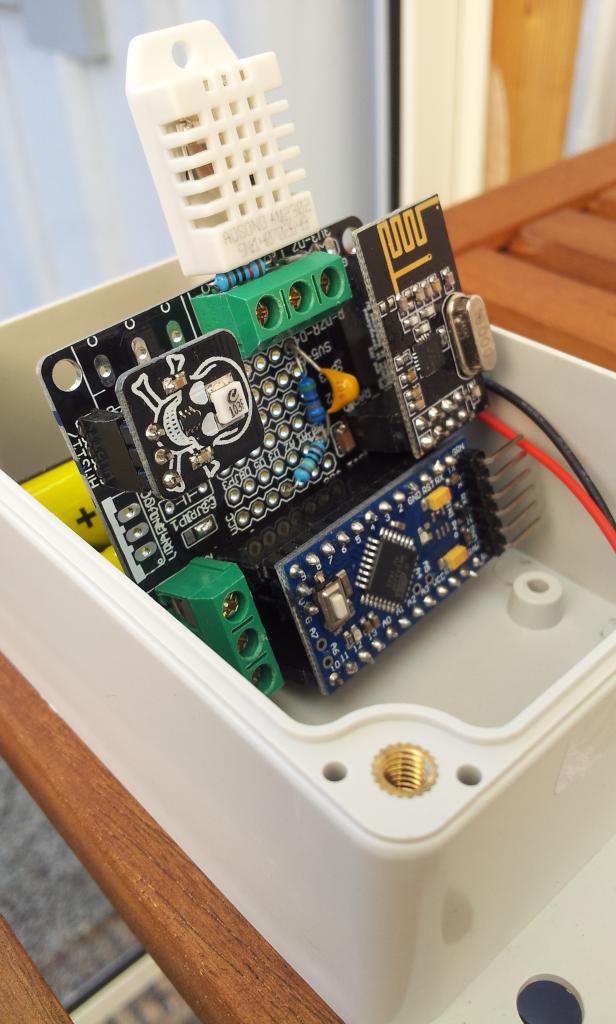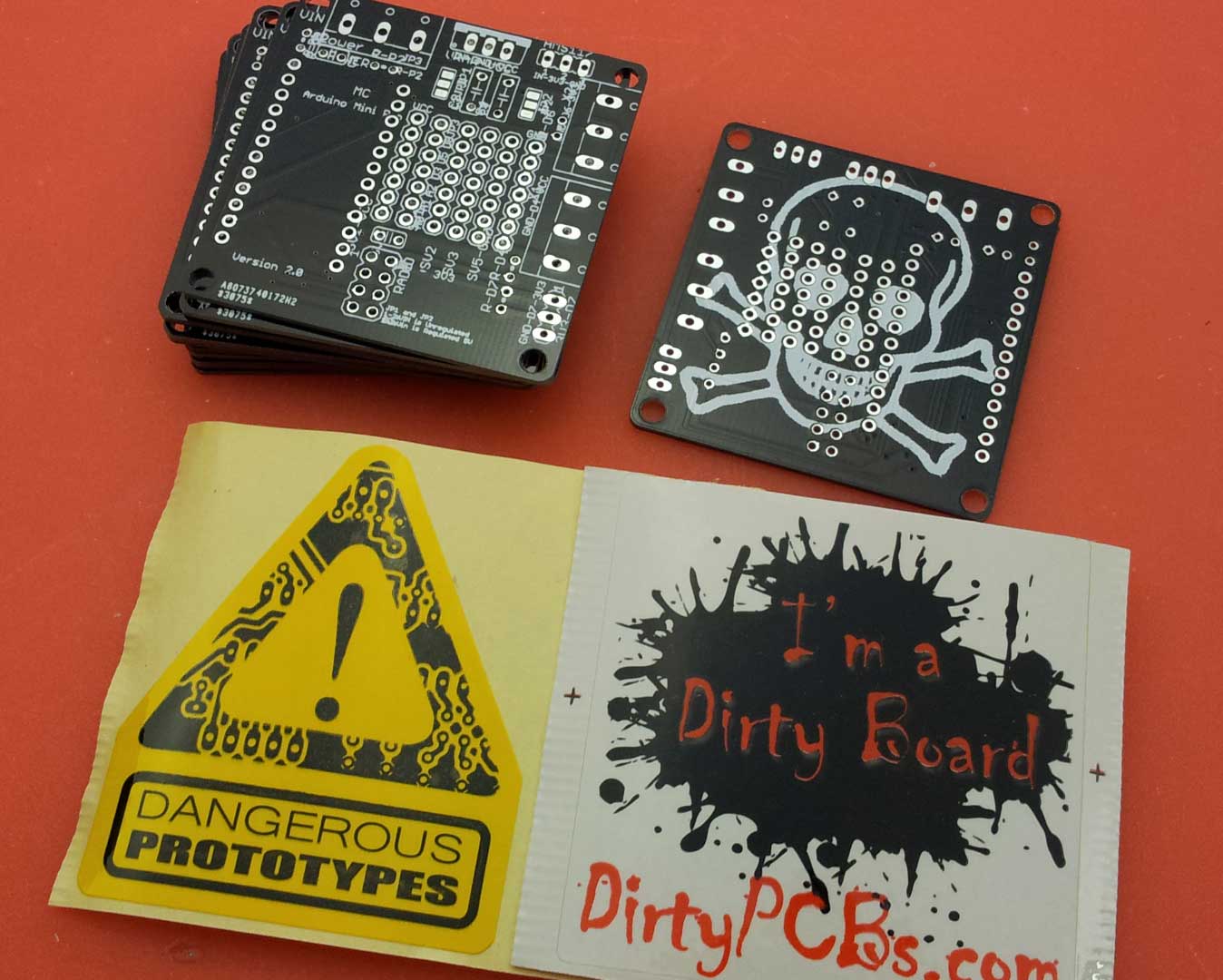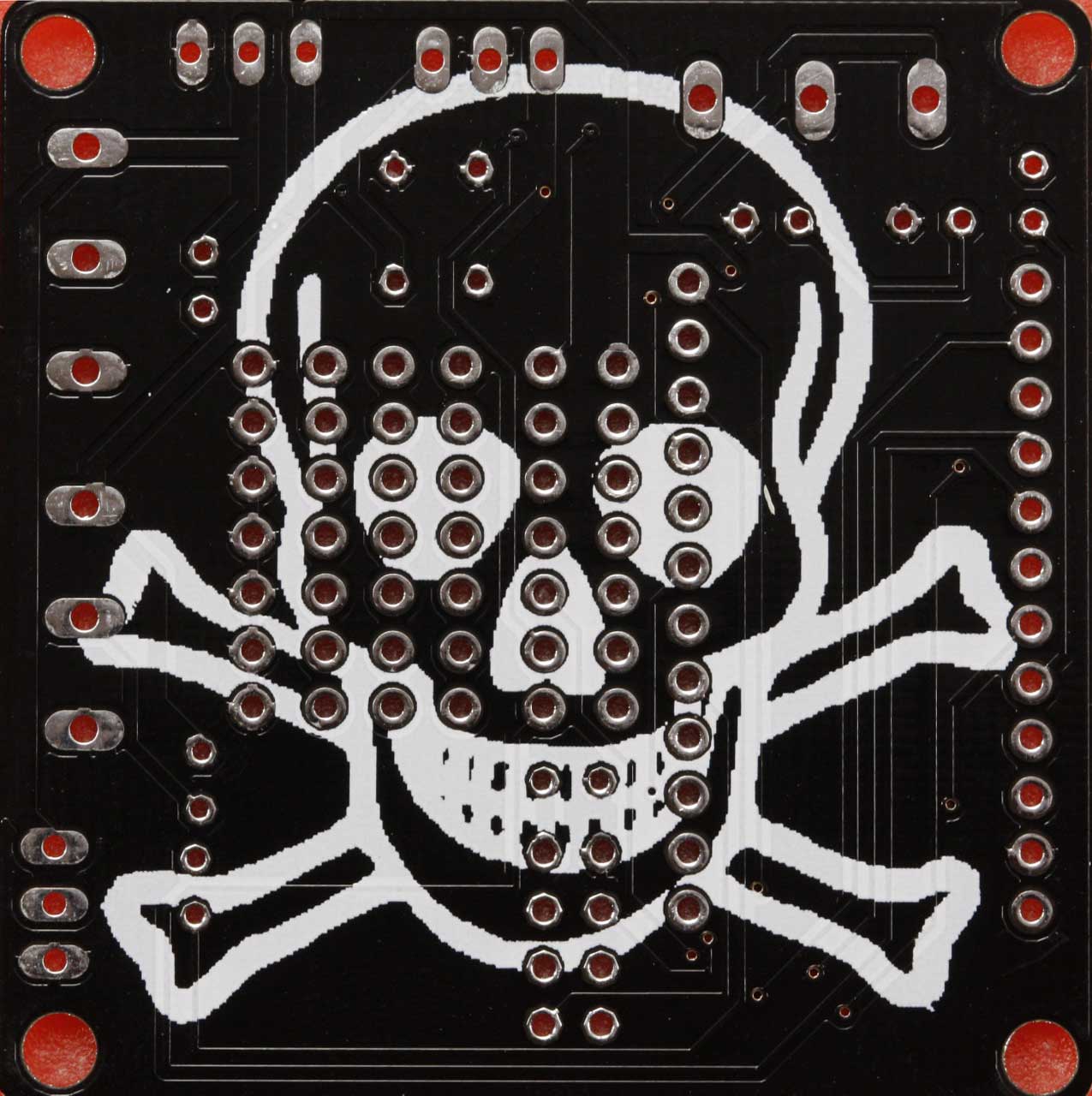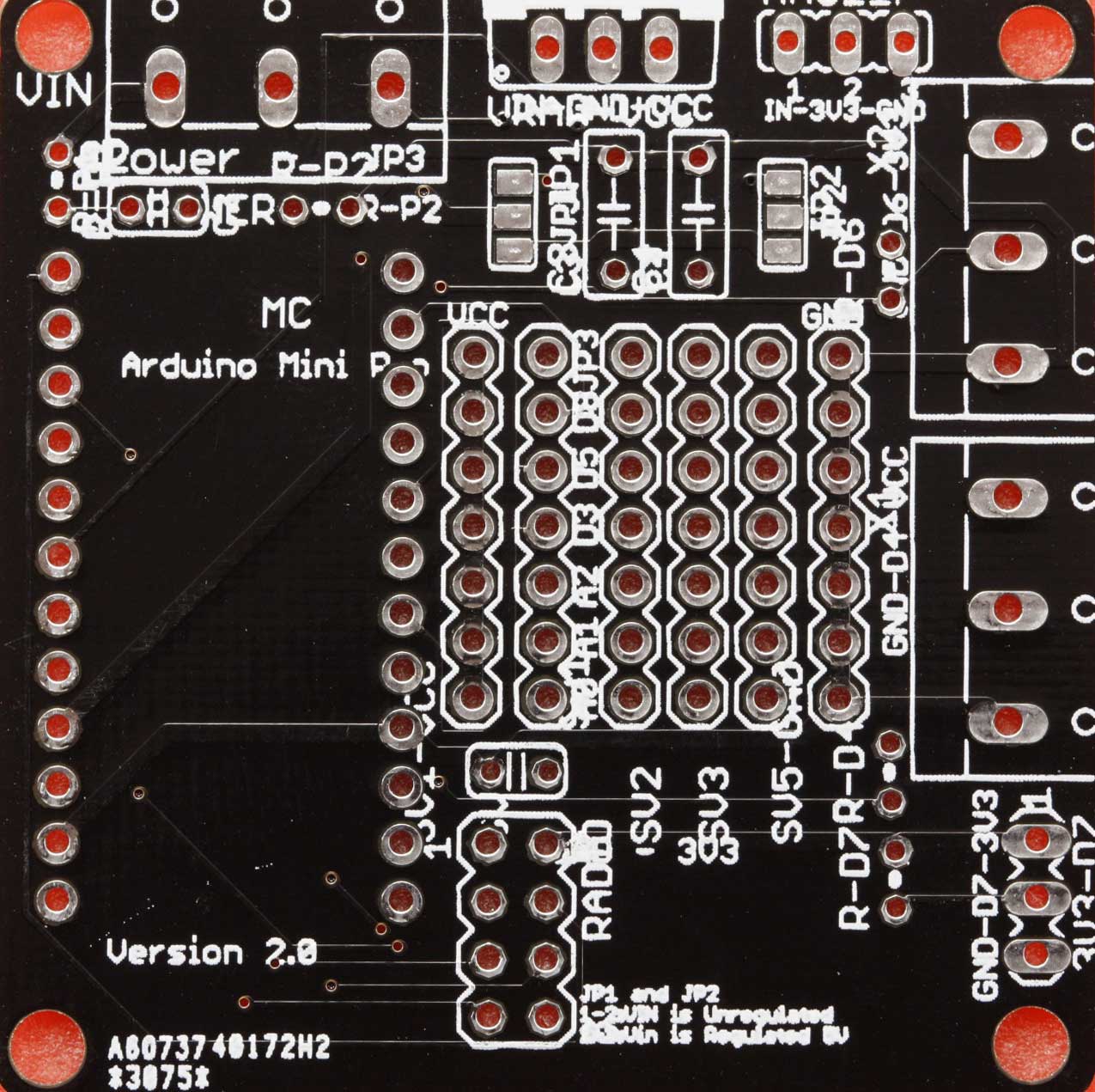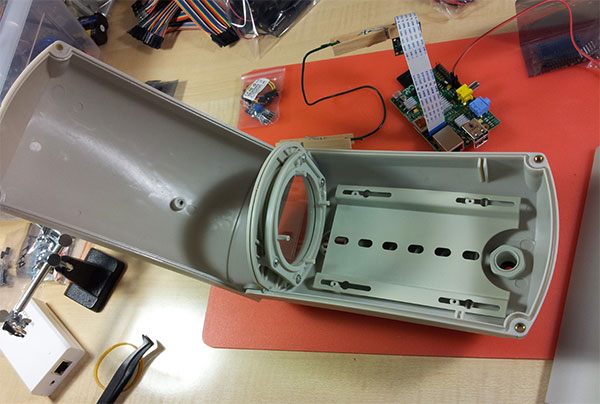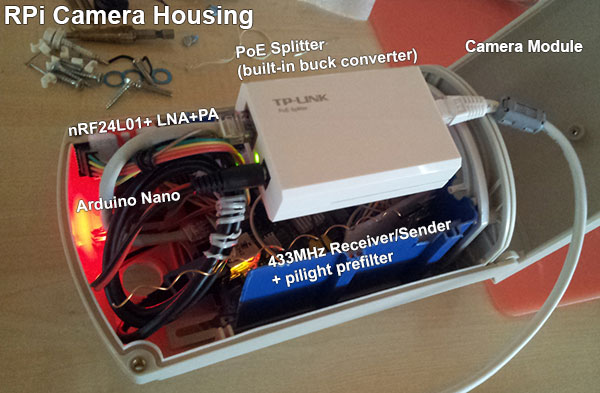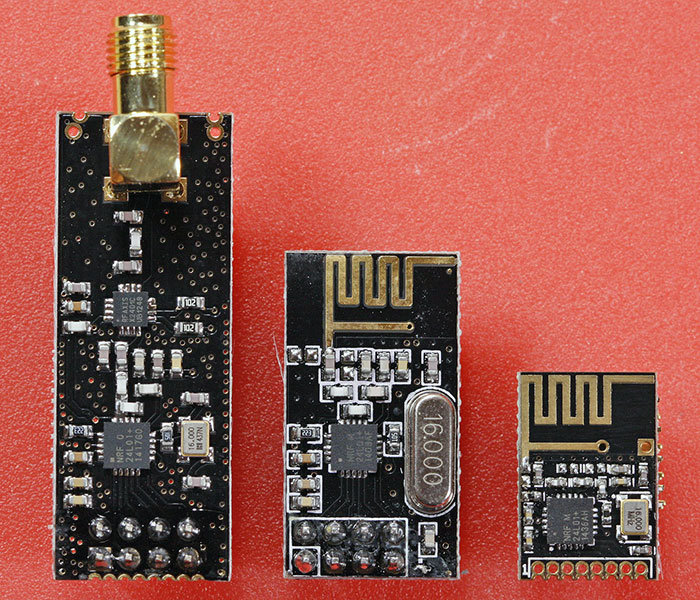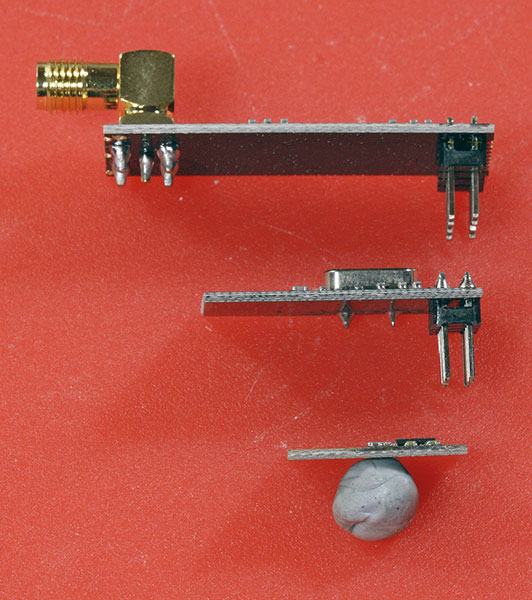So, I've been looking into Eagle and making PCBs for various step-up regulators. This is the progress I've made so far. A panelized 5x5cm board with a couple of different designs for three different ICs (Linear LTC3525, Texas Instruments TPS61097, Texas Instruments TPS61221).
The panelizing / tabs and mouse bites were done using the Gerber Panelizer from This Is Not Rocket Science: http://blog.thisisnotrocketscience.nl/projects/pcb-design-tools/
The tool isn't public yet though. So if you want to test the alpha/beta you have to contact them through twitter ask for a copy. Props to Stijn Kuipers for taking the time to explain things to me. Bottom line: Gerbers are trickier than one might suspect at first glance.
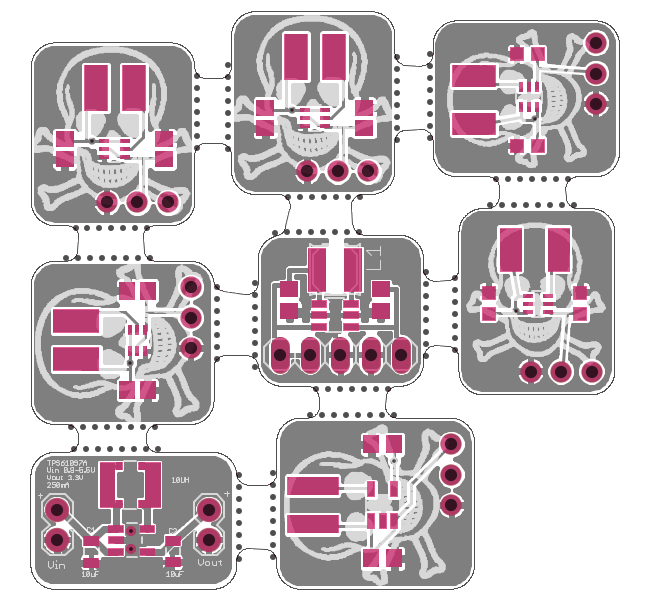
The TPS61097 is perhaps not the best IC around but I have a few samples so I thought I'd make use of them. Can't find that chip cheaply on AliExpress either and other sites (was it Lowpowerlabs?) have long since abandoned the TPS61097 due to some issue or another. So, off to smaller footprints. The TPS61221 which was talked about for the official MySensors battery board (TPS61222 was it?) is SC-70-6 unfortunately but CAN be found for about $1 a piece on AliExpress. A pretty good deal. But for now I have some samples I got from TI. Finally, the LTC3525, favored by a lot of hardware tinkerers, is a tad more expensive, around $2.3 on AliExpress. They all require the same number of external components and can work with the pretty much the same values (2x10uF or 1x10uF/1x1uF, 1x10uH) afaik.
Sent the gerbers to DirtyPCBs yesterday, have been updating the order about six times by now ;-) Hopefully it will get processed before the Chinese New Year.
Since I have the PCBs that Meanpenguin designed I figured I'd make the first booster PCBs fit the AMS1117 pins so it will hang over the main PCB in an unobtrusive manner.
And yes, among other iffy things, the footprint for the inductor varies (a lot). I went with a couple of different footprints that I though would be hand solderable for a typical 3x3mm inductor (i..e with some of the pad exposed). In reality the inductor I ordered for testing has a horseshoe-like footprint similar to the PCB on the bottom left. The capacitor footprint also purposely differ (0603 and 0805), but the capacitors I have ordered are all 0603 so it is hopefully all good. This is my first real run with Eagle (and the Gerber Panelizer) so it has been a real learning experience for me. I hope that I will be able to reflow PCBs in the future and not have to worry about whether or not the tip of the soldering iron has anywhere to go.
Btw. Other components ordered:
- 10x Linear LTC3525DESC6-3.3
- 100x Capacitor KEMET C0603C105K9PACTU CAP CER 1UF 6.3V 10% X5R 0603
- 200x Capacitor TDK C1608X5R1A106K X5R 10uF 10V 10% 0603
- 50x Do3314-103mlc Inductor 3x3mm 10uH
We'll see if AliExpress delivers as promised. The components have all been dispatched at any rate. Prices were pretty good overall, particularly given that I save shipping and taxes compared to Mouser or whatever. First time I order "serious" brand components from Ali though. Fingers crossed!
I'm hoping that in the future we'll have ready booster PCBs on the official MySensors PCB site for all major ICs obviously. Personally I find the lack of proper low quiescent current regulators to be perhaps the most annoying problem right now.

